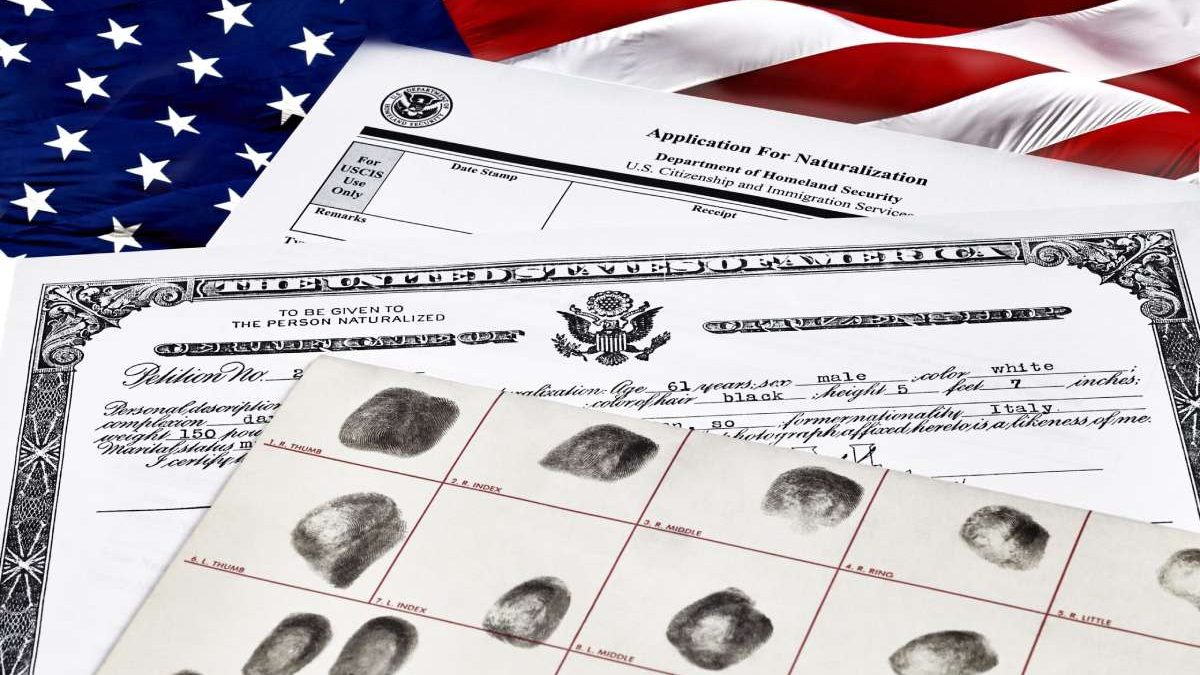If you plan to immigrate to the United States, you will most likely need to translate your birth certificate for USCIS. This is a crucial step in the immigration process, and getting it right can make a huge difference in the success of your application. However, many people make common mistakes when translating their birth certificates, leading to delays or even rejection of their applications.
This article will discuss some of the most common mistakes to avoid when translating your birth certificate for USCIS. We will also provide tips on ensuring your translation is accurate, reliable, and meets USCIS requirements.
Table of Contents
Mistake #1: Using Unreliable Translation Services
One of the biggest mistakes that people make when translating their birth certificates is using unreliable translation services. Many online translation services are available, but not all are created equal. Some of these services offer low prices, but their translations may be inaccurate or incomplete.
To avoid this mistake, it is important to use a reliable and reputable translation service. Look for a company specializing in translating official documents and has experience working with USCIS. A Haitian translation company or traduction officielle en ligne may be a good option for those who need a birth certificate translated from Haitian Creole or French.
Mistake #2: Not Providing Enough Information
Another common mistake that people make when translating their birth certificates for USCIS is not providing enough information. USCIS requires that the translation includes certain information, such as the translator’s full name, qualifications, and certification statement. Failure to include this information can delay or reject your application.
To avoid this mistake, ensure you provide all the necessary information to your translator. Ask them to include a certification statement that attests to the accuracy of the translation and their qualifications. This statement should include the translator’s name, signature, and contact information.
Mistake #3: Using Machine Translation
Many people make the mistake of using machine translation to translate their birth certificates. While machine translation may be convenient and cheap, it is not reliable or accurate. Machine translation can often produce incomplete, inaccurate, or grammatically incorrect translations.
To avoid this mistake, it is important to use a human translator experienced in translating official documents. A human translator can ensure your translation is accurate and meets USCIS requirements. They can also provide additional services, such as proofreading and editing, to ensure your translation is error-free.
Mistake #4: Not Checking the Translation for Accuracy
Another common mistake people make when translating their birth certificates for USCIS is not checking the translation for accuracy. Mistakes can still happen even if you use a reliable translation service and provide all the necessary information. It is important to review the translation carefully to ensure that it is accurate and error-free.
To avoid this mistake, take the time to review the translation carefully. Look for any errors, such as misspellings or incorrect dates. Check that all the information is complete and accurate. If you notice any errors, contact your translator immediately to have them corrected.
Mistake #5: Not Allowing Enough Time for the Translation
Finally, many people make the mistake of not allowing enough time to translate their birth certificates. USCIS has strict deadlines for submitting documents, and failure to meet these deadlines can result in delays or rejection of your application. It is important to allow enough time for the translation to be completed and reviewed before submitting it to USCIS.
To avoid this mistake, start the translation process as early as possible. Contact a reputable translation service and provide them with all the necessary information. Allow enough time for the translation to be completed, reviewed, and corrected if necessary. This will ensure you have a high-quality translation that meets USCIS requirements and is ready to be submitted on time.
Mistake #6: Not Considering USCIS Requirements
Each USCIS form has specific translation requirements, and ensuring that your translation meets these requirements is important. For example, USCIS requires the translation to be in the same format as the original document and include a certification statement. Not following these requirements can result in delays or rejection of your application.
Mistake #7: Not Providing Clear Copies of the Original Document
To ensure that your translation is accurate, it is important to provide clear copies of the original document to your translator. Faded, blurry, or incomplete copies can result in errors or omissions in the translation. Make sure to provide high-quality copies of your birth certificate to ensure the best possible translation.
Mistake #8: Not Considering Cultural Differences
When translating your birth certificate, it is important to consider cultural differences that may affect the translation. For example, names and dates may be written differently in different cultures, and it is important to ensure that the translation reflects these differences accurately. Make sure to work with a translator familiar with the original document’s culture and language to ensure the best possible translation.
Conclusion
By using a reliable translation service, providing all the necessary information, using a human translator, checking the translation for accuracy, and allowing enough time for the translation to be completed, you can ensure that your translation is accurate, reliable, and meets USCIS requirements.
Whether you need a Haitian translation company or a traduction officielle en ligne, it is important to choose a translation service that you can trust. By avoiding these common mistakes and working with a reputable translation service, you can increase your chances of success and achieve your immigration goals.


